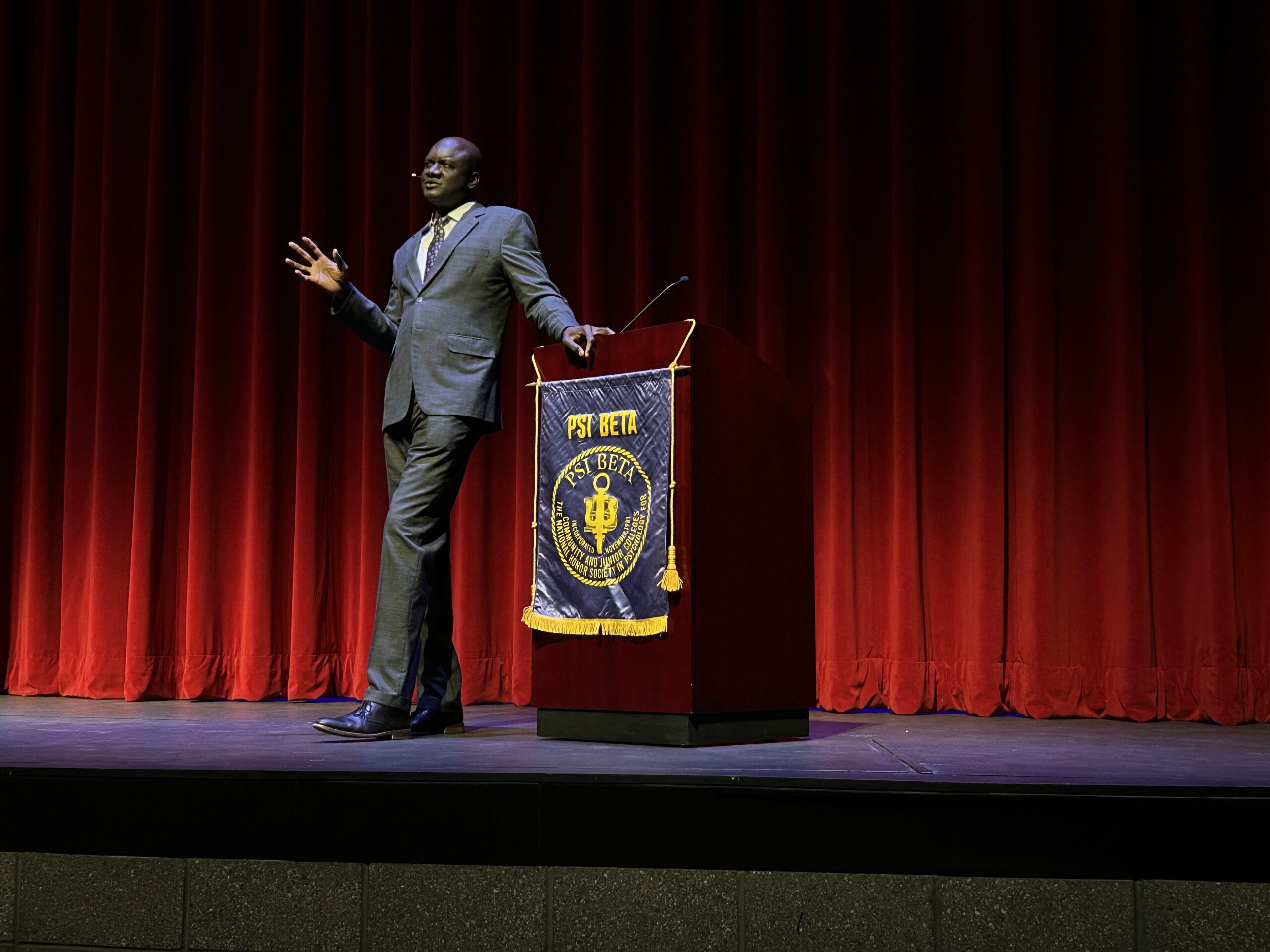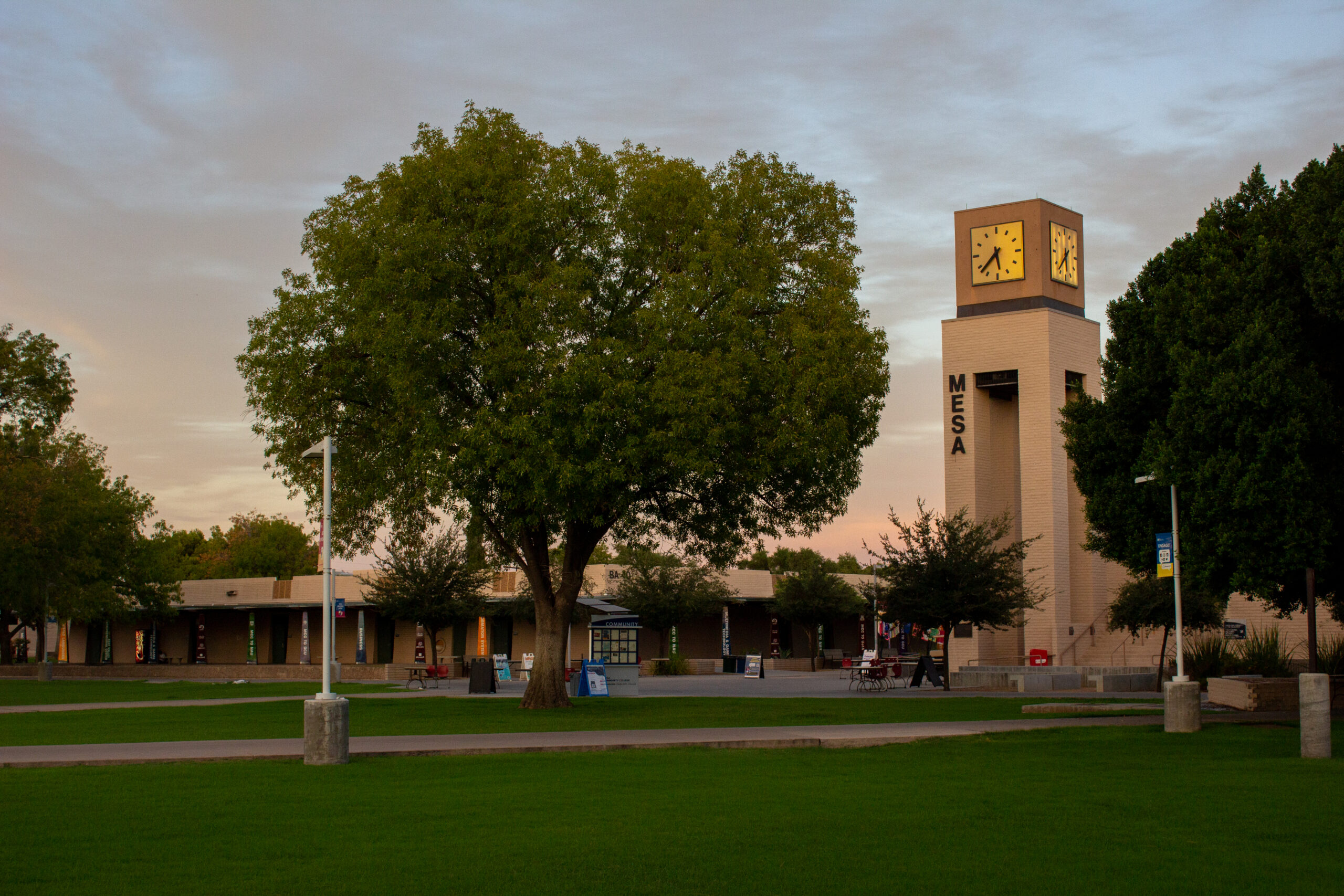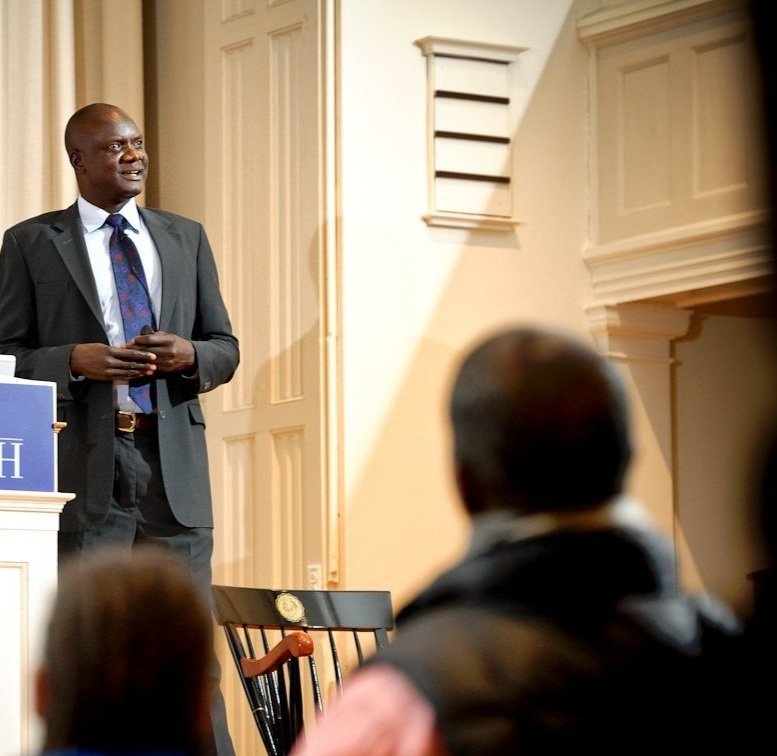Views from abroad, Chinese versus American education
Vicky Li
Each year, about 10 million students in China take the University Entrance Examination. Only one-fifth of them will experience campus life. Facing fierce competition from China’s huge population, students devote themselves to studying without thinking about anything else. It is common to start at 8 a.m. and finish studying at 10 p.m. all across China. To pass the entry exam for admission to a college or university means so much in terms of one’s future.
Usually majors of universities will be chosen during the third year of high school. Majors can’t be easily switched once chosen. That is also the reason why parents will make the decision for children because parents want their children to have a promising future. Boys tend to choose the majors like engineering, technology and computer science while girls are inclined to education, language, art and so on. For example, at the Teachers’ College of Beijing Union University, there are a total of three boys majoring in English.
Classes in most universities are arranged usually from 8 in the morning to 10 at night. It is not rare for an undergraduate in China to take eight to nine subjects for one semester.
The biggest difference between an American class and a Chinese class is that the classes in China are basically teacher-centered, which means most of the time teachers tell the students what to do and how to do it while classes in America are student-centered. In China, most teachers prefer students to ask questions after class. Also, teachers in China go to different classes to teach instead of students going to different classrooms.
Unlike students in America, most Chinese students live on campus. Dormitories hold six to eight students to a room, possibly more in the older quarters. Crowded dormitories and cafeterias have become an indispensable part of campus life.
A so-called maxim among contemporary college students is that graduation means immediate unemployment, which reveals unbearable anxiety imposed on modern university students. Passing the university entrance examination, choosing the major which may strongly influence one’s future, facing the pressure from too many courses and dealing with the high possibility of unemployment after graduation are the many challenges facing students in China.









